Restorative Economy: Balancing Economic Growth and Environmental Sustainability
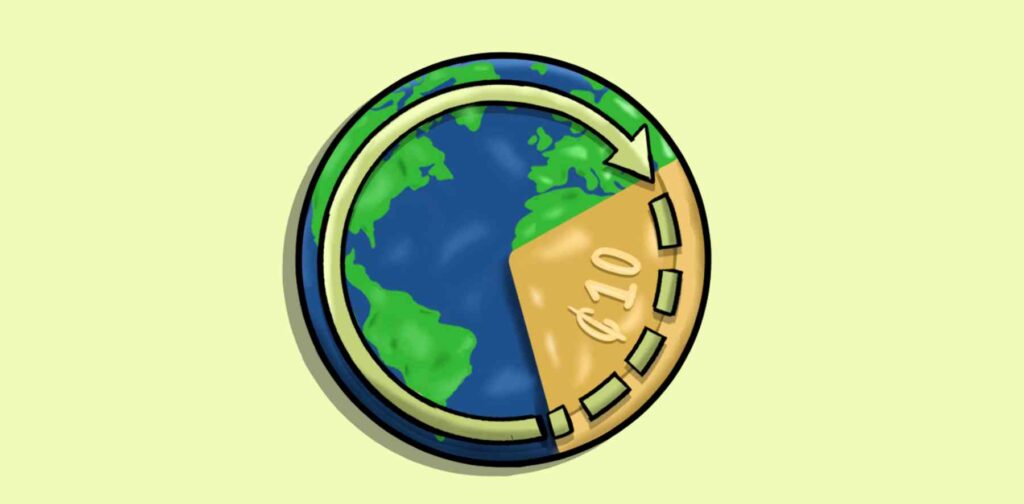
Illustration: Irhan Prabasukma.
The current state of environmental damage serves as proof that if economic growth continues with destructive and extractive activities, Earth will become increasingly uninhabitable in the coming years. With it comes the realization that business as usual must change, and the damages must be repaired and restored. This understanding lays the initial foundation for the restorative economy approach.
Business as Usual
The current economic system evaluates economic growth through the annual Gross Domestic Product (GDP) increase. However, this approach is no longer relevant for two critical reasons.
First, it fails to accurately reflect societal well-being and income distribution. This means that while GDP may show growth, if only a select few benefit from it, inequality gets worse. Second, the measurement is no longer aligned with Sustainable Development Goals by prioritizing economic output over environmental preservation. This way, economic activities bring benefits to humans but leave scars on nature.
Data shows that the world has lost 178 million hectares of forest due to massive exploitation since 1990. Even more concerning, in 2022, over 2.3 billion people faced water scarcity, including 160 million children experiencing severe droughts. Meanwhile, global mining further contributes between 1.9 to 5.1 gigatons of carbon emissions annually.
Sadly, the World Bank stated that “no country has transitioned to high-income status while also reducing emissions”. This implies that economic growth often conflicts with sustainability as of right now, despite both being essential to human existence.
Transitioning to a Restorative Economy
This dilemma has led 21st-century economists to the emergence of the restorative economy approach. One prominent figure who popularized the idea of environmental restoration in economics and business was Paul Hawken in 1993 through his book The Ecology of Commerce. Hawken argued that “to restore is to make something well again”.
This idea influenced the development of Doughnut Economics, introduced by Oxford economist Kate Raworth in 2012. One of the main principles of this approach advocates shifting the focus from relentless GDP growth to prioritizing everyone’s needs while staying within the planet’s natural limits.
In Indonesia, the Center of Economic and Law Studies (Celios) builds its concept of the restorative economy on three key aspects: (1) focusing on recovery, by restoring ecosystems and improving conditions, (2) prioritizing collective action, with an emphasis on local communities managing resources responsibly, and (3) transforming human relationships with nature to address poverty, inequality, and ensure peace and safety.
All in all, the restorative economy challenges GDP-centric growth models by considering environmental and social sustainability. However, its precise definition and principles remain subject to academic debate.
Potential Benefits
As a new approach, the restorative economy has the potential to be more than a buzzword. Beyond sustainability, studies show that environmental restoration and protection can provide long-term financial and social returns.
For instance, Cambridge Econometrics estimates that for every £1 spent on reforestation, an average of £2.79 will return in economic and social benefits. Restoration of peatlands and swamps worth £1 is estimated to return benefits of £4.62 and £1.31 respectively. This effort also brings other benefits, such as improving water quality, preventing floods, and enhancing biodiversity.
Restoration program can offer promising investment returns. The previously mentioned study reports that for every 100 hectares of land reforested, around 1.5 million USD can be generated. Additionally, it would create around 25 million temporary jobs for society.
Toward Implementation
Despite growing awareness of environmental concerns, many countries have yet to fully integrate the restorative economy into their policies and budgets. Environmental protection often gets minimal funding and lacks a comprehensive approach. For example, Indonesia’s 2025 budget plan allocates less than 0.5% to environmental protection, emphasizing a weak commitment to sustainability.
However, there are positive developments. Indonesia has included blue economy and bioeconomy approaches, which have similar goals to the restorative economy, in its National Long-Term Development Plan through 2045. North Maluku is designated as a hub for sustainable fishery under this plan. This progress is a commendable start, as it signifies a shift towards more environmentally conscious economic strategies.
Bottom line, if countries insist on using GDP as the main measure of economic growth, they must do so in an environmentally and socially responsible way. The restorative economy could achieve this balance, but its success depends on the government’s commitment to broader and more measurable implementation and the collaborative cooperation of all stakeholders involved.
Editor: Nazalea Kusuma

Join Green Network Asia Membership
Amidst today’s increasingly complex global challenges, equipping yourself, team, and communities with interdisciplinary and cross-sectoral insights on sustainability-related issues and sustainable development is no longer optional — it is a strategic necessity to stay ahead and stay relevant.
Join Now

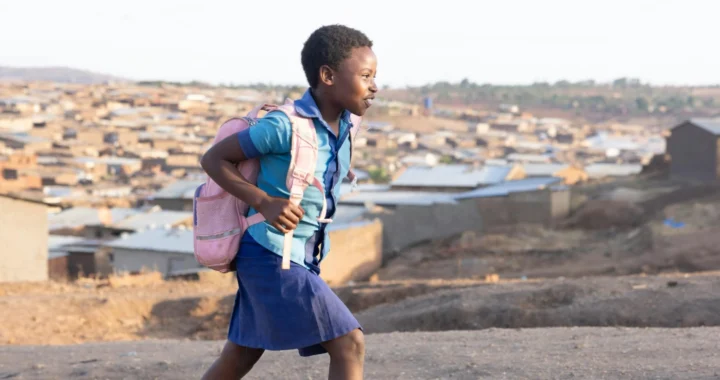 Understanding the Impacts of Rising Temperatures on Early Childhood Development
Understanding the Impacts of Rising Temperatures on Early Childhood Development 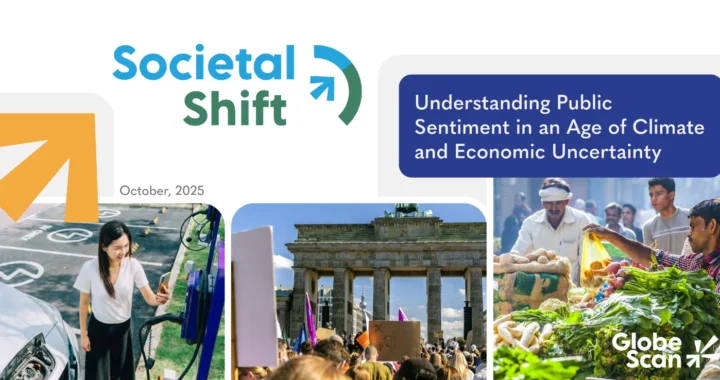 Closing the Sacrifice Gap: Mainstreaming Climate Behavior for Meaningful Change
Closing the Sacrifice Gap: Mainstreaming Climate Behavior for Meaningful Change 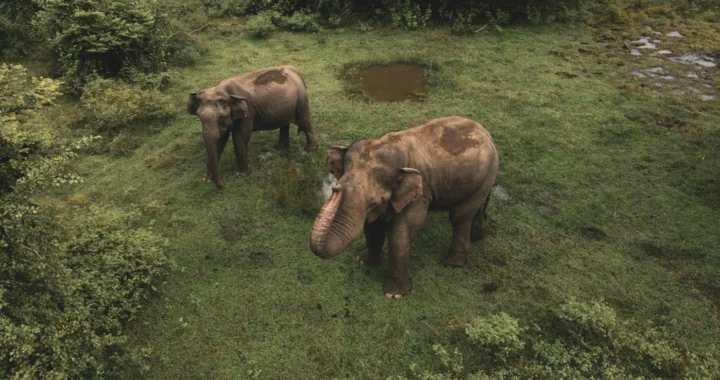 Addressing the Elephant in the Forest: The Necessity of Disaster Recovery Plans for Wildlife
Addressing the Elephant in the Forest: The Necessity of Disaster Recovery Plans for Wildlife 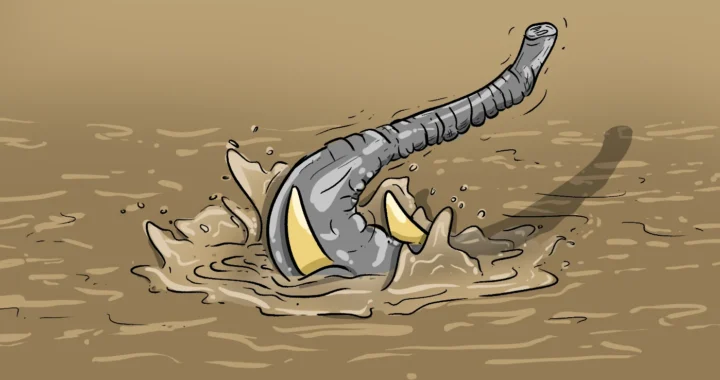 Weaving the Thread Between the Last Elephant and the Floods in Sumatra
Weaving the Thread Between the Last Elephant and the Floods in Sumatra 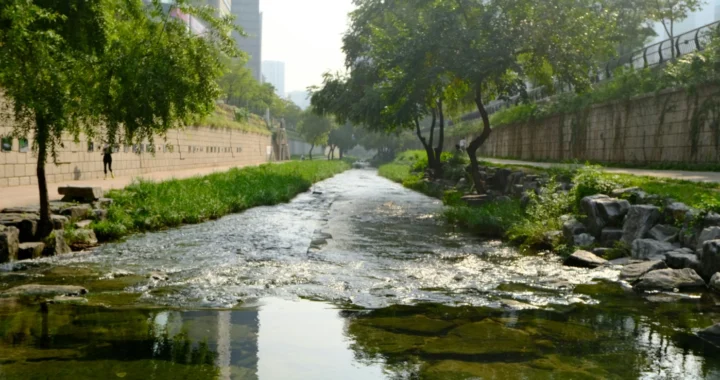 Bringing Buried Rivers Back to Life Through Daylighting
Bringing Buried Rivers Back to Life Through Daylighting 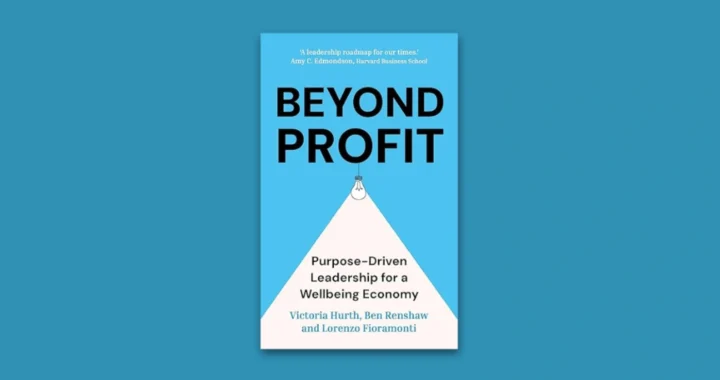 Prescribing Beyond Profit for CEOs’ Anxiety
Prescribing Beyond Profit for CEOs’ Anxiety